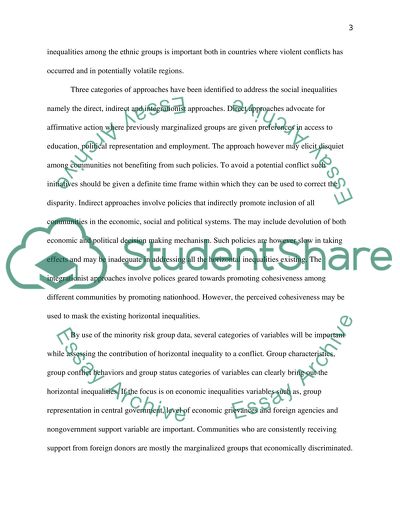Minorities At Risk And Horizontal Inequality Assignment. Retrieved from https://studentshare.org/history/1589161-minorities-at-risk-and-horizontal-inequality
Minorities At Risk And Horizontal Inequality Assignment. https://studentshare.org/history/1589161-minorities-at-risk-and-horizontal-inequality.


